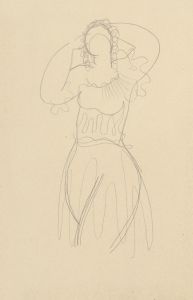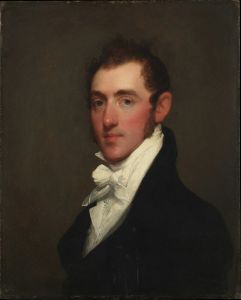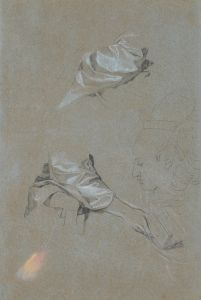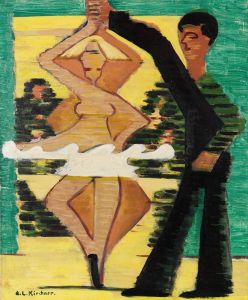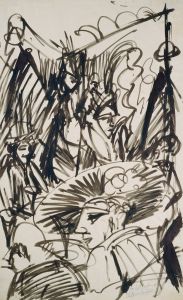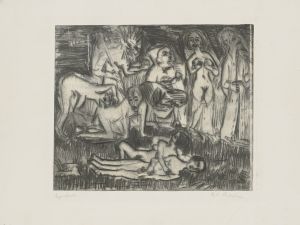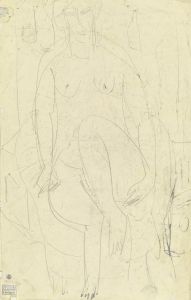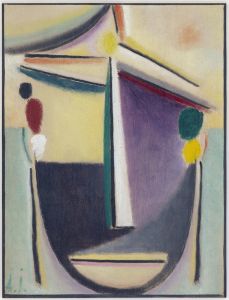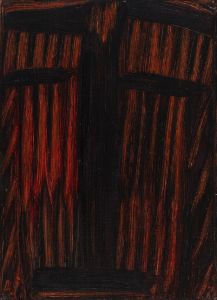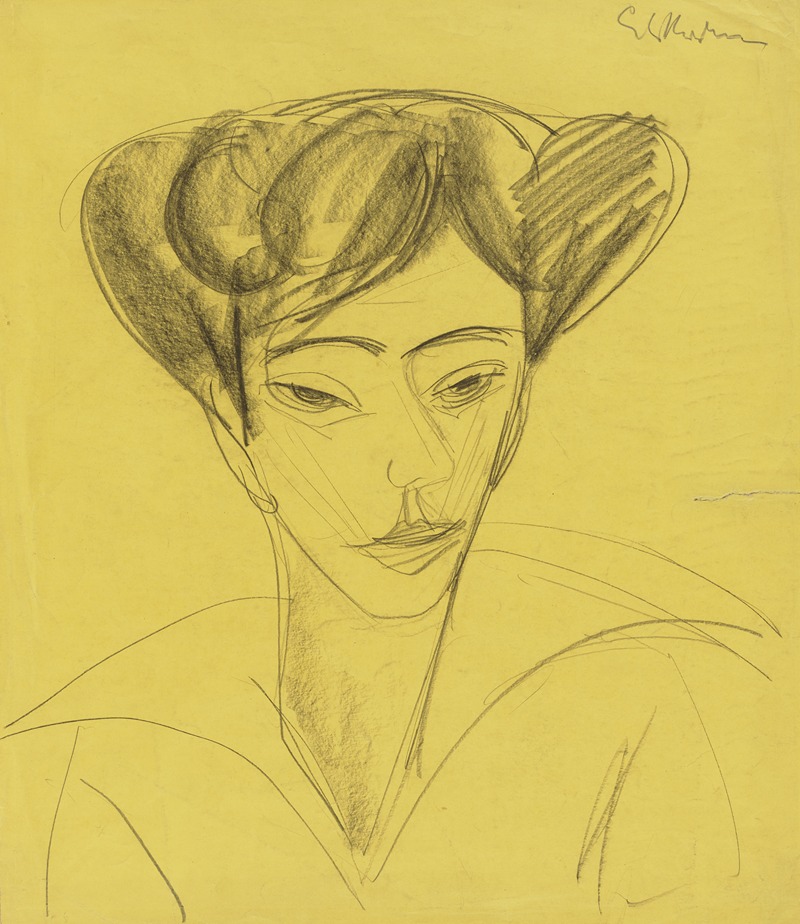
Frauenkopf
A hand-painted replica of Ernst Ludwig Kirchner’s masterpiece Frauenkopf, meticulously crafted by professional artists to capture the true essence of the original. Each piece is created with museum-quality canvas and rare mineral pigments, carefully painted by experienced artists with delicate brushstrokes and rich, layered colors to perfectly recreate the texture of the original artwork. Unlike machine-printed reproductions, this hand-painted version brings the painting to life, infused with the artist’s emotions and skill in every stroke. Whether for personal collection or home decoration, it instantly elevates the artistic atmosphere of any space.
Ernst Ludwig Kirchner's Frauenkopf (translated as "Head of a Woman") is a work by the German Expressionist artist, who was a founding member of the influential art movement Die Brücke (The Bridge). Kirchner, known for his bold use of color and dynamic compositions, created numerous portraits and figure studies throughout his career, often exploring themes of modernity, emotion, and the human condition.
Frauenkopf is a depiction of a woman's head, rendered in Kirchner's distinctive style, which combines angular forms, vivid colors, and expressive brushwork. The painting reflects Kirchner's interest in capturing psychological depth and individuality, as well as his broader engagement with the Expressionist goal of conveying inner emotion rather than external realism. The subject of the painting is not definitively identified, as Kirchner frequently painted models, acquaintances, and figures from his imagination.
Kirchner's work, including Frauenkopf, is often associated with the cultural and social upheavals of early 20th-century Germany. His art reflects the tensions of a rapidly changing society, marked by industrialization, urbanization, and the uncertainties of the pre- and post-World War I periods. The artist's style evolved over time, but his commitment to exploring the human experience remained a central focus of his work.
The exact date of creation for Frauenkopf is not specified in available records, but it likely falls within the period of Kirchner's most active years, between 1905 and the mid-1930s. During this time, Kirchner produced a significant body of work, including paintings, prints, and sculptures, that solidified his reputation as one of the leading figures of German Expressionism.
Kirchner's career was tragically affected by the rise of the Nazi regime in Germany, which labeled his art as "degenerate" and removed many of his works from museums. This, combined with personal struggles and health issues, led to his untimely death in 1938. Despite these challenges, Kirchner's legacy endures, and his works, including Frauenkopf, are celebrated for their emotional intensity and innovative approach to form and color.
Today, Frauenkopf is recognized as an example of Kirchner's mastery in portraiture and his ability to convey complex emotions through his art. The painting is held in a private collection or museum, though specific details about its current location or provenance are not widely documented.







